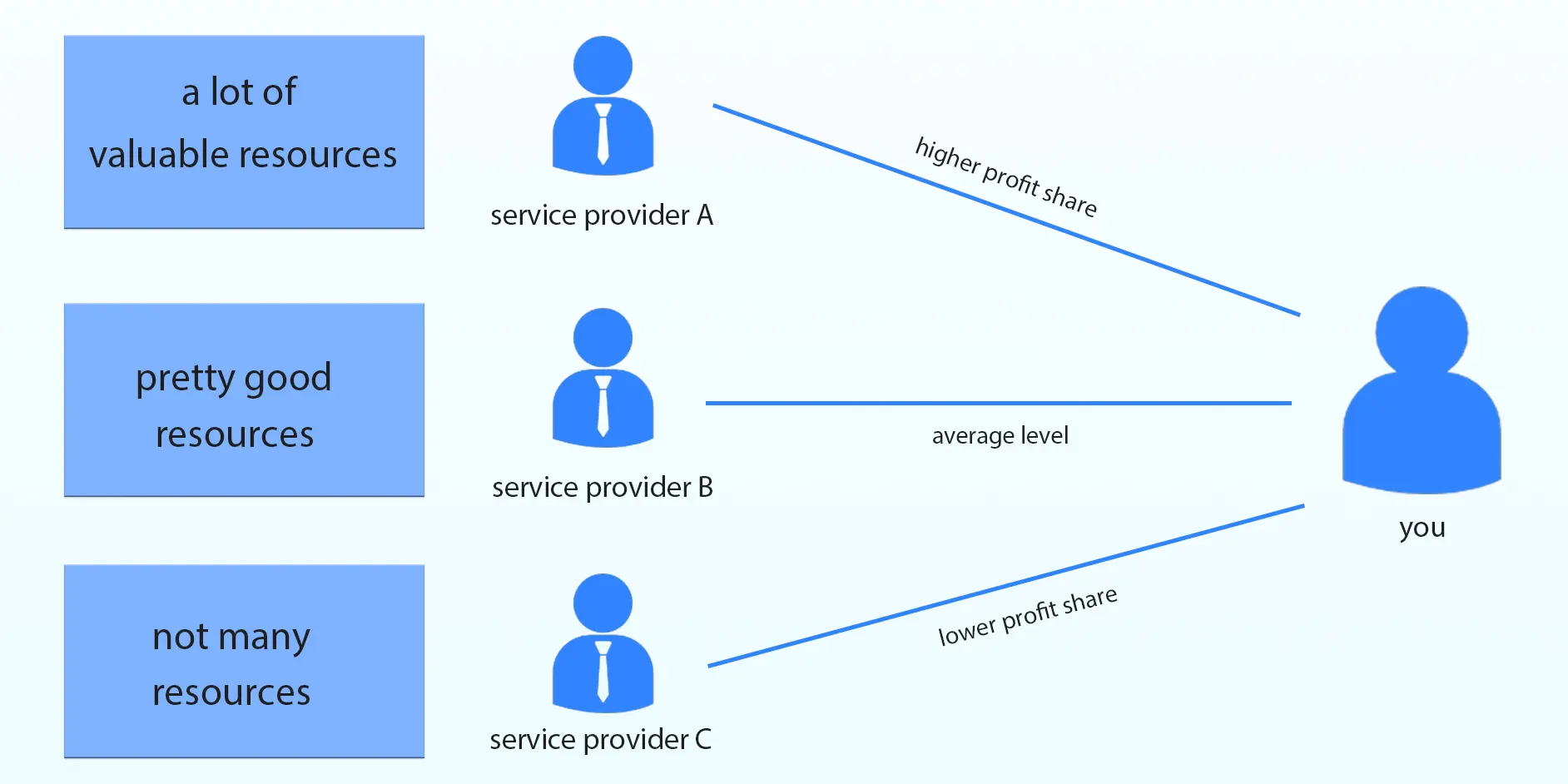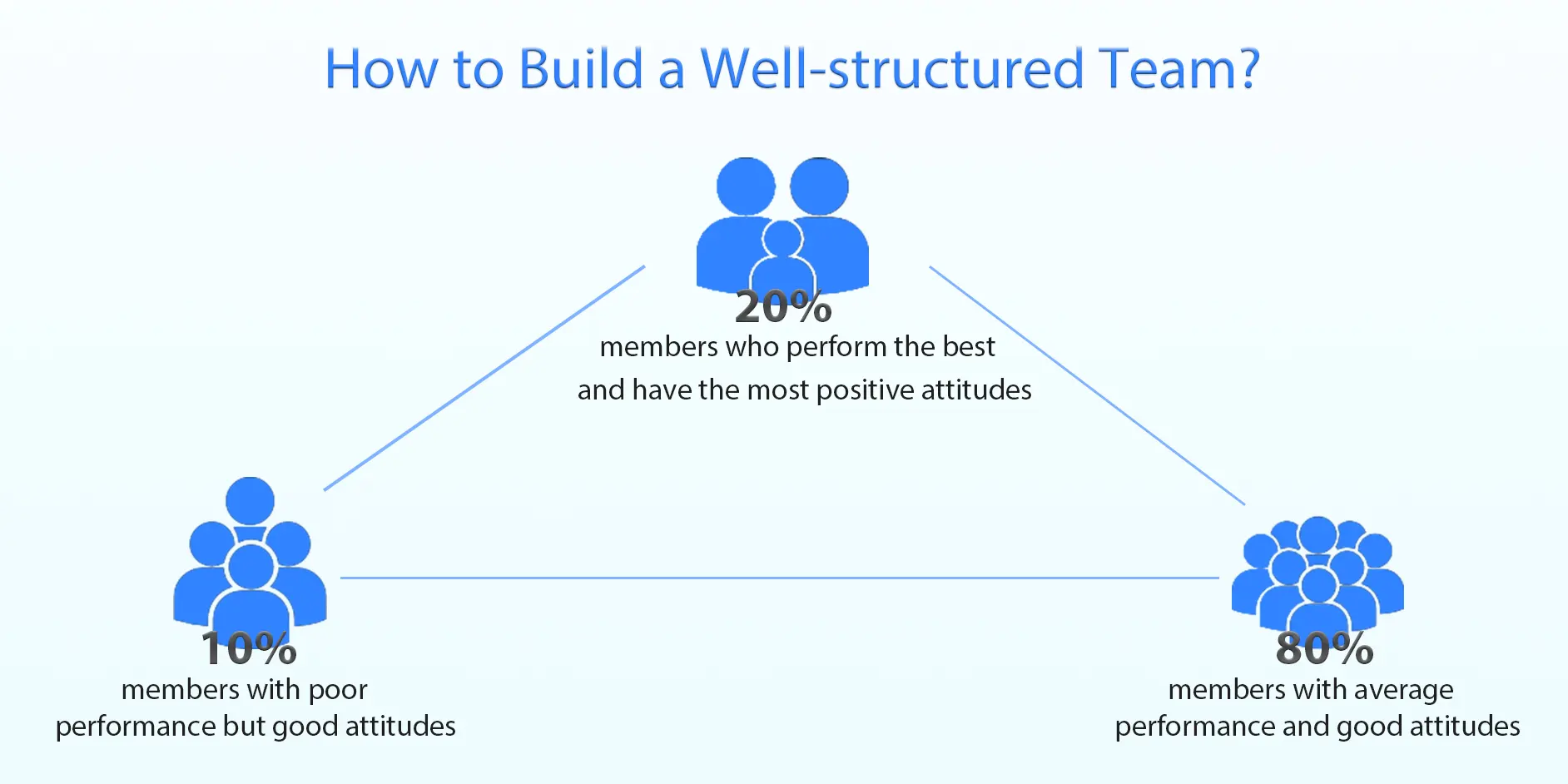How to Manage and Motivate a Powerbank Vending Machine Team?
The essence of managing a team lies in managing people.
If you can understand what others truly want and balance their interests while safeguarding your own, you can effectively manage both your service providers and employees, enabling your team to unleash its full potential. Here are some powerbank vending machine team management tips:
1. To manage service providers effectively, distribute benefits fairly. Start by assessing the value of the resources your service providers bring to you. For those with high-value resources, offer them a larger share of the profits; for those with less valuable resources, offer a smaller share. This can be flexibly managed based on the actual situation.
2. To manage and motivate employees, cater to their needs, both materially and spiritually. Reward and promote employees who perform well. If they become slack, address the issue immediately by communicating and observing, then identify the root cause and resolve it. Building a stable team structure that allows for self-sustaining operations is also key, enabling you to focus on nurturing the top 20% of your team.
3. Team management is a knowledge. It requires continuous learning, accumulation, and the improvement of your management skills to ensure that your team continues to thrive.
Previously, we discussed how to build a powerbank sharing team. However, after assembling the team, it’s crucial to manage and motivate it effectively to unleash its full potential, ensuring your powerbank sharing business succeeds rapidly. Today, let’s explore how to manage and motivate your powerbank vending machine team.

Of course, you can also directly consult HeyCharge, a professional power bank rental supplier with extensive experience in team management. We can offer you some valuable advice.
You can browse the table of contents below to quickly grasp the structure of this article. You can also click on any section of interest to jump directly to that part.
Table of Contents
We understand that a team consists of 4 team member roles: partners, franchisees, service providers, and employees.
Partners and franchisees are our natural allies and share common interests with us. We seldom have conflicts because we have pre-agreed benefit distribution terms. That is to say, partners and franchisees still fight together with us even if we don’t take much management effort on them.
However, service providers and employees are different. They have many options, and good management can foster cooperation, while poor management can lead them to end the relationship and work with others. Therefore, managing service providers and employees requires more attention.
Today, we will focus on how to manage the service providers and employees in your powerbank vending machine team.
Part 1: How to Manage Service Providers? – Distribute Benefits Fairly
The key to managing service providers is fair distribution of benefits. Since service providers share resources with us, if we can help them maximize the value of their resources, they will naturally want to collaborate with us. We just need to ensure that while we make money, our service providers also profit, ensuring a fair distribution of benefits.
Regarding how much profit share to offer, start by conducting a comprehensive evaluation of partners’ resources. If their resources are very high-quality, offer them a higher profit share within our capacity; if their resources are average, offer a lower share. This can be managed flexibly based on the situation.

As long as benefits are distributed fairly, you can manage your service providers well. So, how do you manage your employees? Let’s explore that next~
Part 2: How to Manage Employees? – Rules Are Essential
2.1 Establish and Enforce Reasonable Rules and Regulations.
Based on your actual situation, establish reasonable rules and regulations, such as attendance times, reward and punishment systems, etc., to help employees work in an organized and orderly manner, avoiding chaos.
2.2 Set Realistic Goals for Powerbank Vending Machine Team and Follow Through [5 steps]
Goals should be set based on the actual situation, target market, development stage, employee status, etc.
Step 1: Determine Goals Based on the Target Market.
In different markets consumers have different languages, habits, concepts, and consumption levels. Even within the same market, economic conditions can vary across regions.
Choose your target markets and regions carefully, and then organize your sales team to explore these areas systematically, so as to avoid the difficulties of scattered efforts and later-stage maintenance.
Step 2: Set Goals According to the Development Stage.
At the early stages of the power bank sharing business, the priority is to quickly deploy power bank rental stations in high-traffic, long-stay venues. Therefore, the goal should focus on expanding the power bank rental venue layout network.
At the mid-to-late stages, when powerbank machines are already deployed, and you can assess the performance of different power bank rental venues, the goal should shift to maintaining the shared power bank machines, deepening good relationships with partner venues, canceling some existing underperforming venues, and seeking cooperation with some new high-performing ones, etc.
Step 3: Set Goals According to Employee Status.
Differentiate between new and veteran employees based on their tenure and familiarity with the powerbank sharing business. New employees, still in the adaptation phase, may not perform as well as veterans.
Therefore, set slightly lower targets for new employees and gradually increase the goals as they grow. For veterans, set progressively higher targets based on their capabilities, but avoid setting overly ambitious goals that could undermine their confidence.
Step 4: Break Down the Goals.
Breaking down goals makes them more achievable. After setting the overall goal for the current market phase, increase it by 20%. Then, allocate these targets to individual employees based on their abilities and further break down each person’s target by time. Gradually raising the bar helps in achieving the goal.
For instance, if the goal for this month is to deploy 100 power bank stations in a certain city’s regions, set the overall goal to 120 stations. Assign these to 3 salespeople to complete within a month: 48 stations each for 2 veteran salespeople (who usually achieve 40 stations/ person) and 22 stations for the new salesperson.
There are total 4 weeks. You can break down each salesperson’s tasks into weekly goals (as the table shows below), which distributes the pressure evenly and makes the targets more manageable. Even if this powerbank vending machine team doesn’t reach 120 stations, achieving 100 stations is highly likely.
| Salesperson | Week 1 | Week 2 | Week 3 | Week 4 |
|---|---|---|---|---|
| Veteran A | 12 stations | 12 stations | 12 stations | 12 stations |
| Veteran B | 12 stations | 12 stations | 12 stations | 12 stations |
| Newcomer C | 5 stations | 5 stations | 6 stations | 6 stations |
Step 5: Track Progress Towards Goals.
After setting and breaking down goals, it’s crucial to monitor progress, reflect on each stage’s outcomes, and make necessary adjustments to stay on track. Maintaining momentum and achieving goals requires frequent communication and feedback with your team members.
Many sales teams use kickoff meetings and review meetings for this purpose. Kickoff meetings, held monthly, weekly, or daily, are used to clarify the goals for the period (month, week, day), assign tasks to individuals, and energize the team with motivational activities or games.
After each phase of work, hold a review meeting to share experiences, reflect on successes and mistakes, and learn from both. These meetings foster continuous improvement among team members.
Part 3: How to Motivate Employees? – Material and Spiritual Rewards
Running a business is tough and requires great effort and patience. Even with clear goals and reasonable arrangements, employees may sometimes feel fatigued, discouraged, and even start to slack off when business doesn’t go well.
This is something every manager faces. So, how do you motivate employees to keep them engaged? Let’s take a look~
3.1 Generous Material Rewards.
To motivate employees, material rewards are essential. Money isn’t everything, but in modern society, a good life is closely tied to financial security. Achieving financial rewards is one of the reasons why people work hard. After completing a task, you can reward or punish employees based on their performance.

Those who meet or exceed their targets should be rewarded, either with bonuses or other material incentives. Those who fall short should be encouraged, and those with a consistently poor attitude may need to face appropriate consequences (tip: Be cautious with monetary penalties, as they could backfire).
3.2 Help Employees Grow.
Every employee has different motivations. Some are driven by financial gain, while others may seek personal growth. We know that personal abilities and earnings are often closely related.
Therefore, while providing employees with the material rewards they deserve, it’s also important to help them grow. The review meetings mentioned earlier are one method, and others include mentoring programs, group training, etc.

For mentoring program, it’s important for the company to provide solid training for employees, helping new hires grow into competent or even outstanding veterans.
These veterans, in turn, can mentor newer employees, creating a positive cycle. Conversely, if a company doesn’t invest in developing its employees, veterans may lack the ability to mentor newcomers effectively.
Basic training is essential for new employees, but experienced employees may need more practical opportunities for growth. Promoting your trusted high performers to managers, giving them control over resources, or offering partnership opportunities can keep them motivated and help them contribute to the company’s growth.
3.3 Offer Recognition and Affirmation.
Besides material rewards, recognition from superiors is also crucial. Positive reinforcement is widely known to be a significant motivator and can be the driving force behind someone’s progress.
Conversely, if employees are constantly criticized, regardless of their performance, they will likely lose confidence and refuse to continue insisting.
3.4 Address Employee’s Slack.
If an employee shows signs of slackness, the first step is to communicate and observe, identifying the root cause of the issue.
If it’s due to external factors, solving the problem can help the employee regain their motivation. If the cause is internal, meaning the employee has other thoughts or desires, it’s important to respect their decision and allow them to leave if necessary.
Moreover, building a well-structured team can help prevent employee slackness. Focus on developing the top 20% of the team members who perform the best and have the most positive attitude. By making these individuals exceptionally strong, far above the rest, they can become the team leaders, setting an example for others.
Typically, the next 70% are the average performers with good attitudes. These members are the backbone of the team, are in a growth phase, and have significant potential for improvement. They should be actively nurtured, as they often look up to the top 20% as role models, making them relatively easy to manage.
The remaining 10% may be those with poor performance but good attitudes. This group includes new hires and underperforming veterans. These individuals also require proper training, but if they fail to improve and their attitude worsens, it may be necessary to consider letting them go.

Additionally, there will always be a small group, regardless of performance, who exhibit poor attitudes, lack initiative, and show no drive. These individuals require strict management, and if they persist in not following directions without valid reasons, it indicates they may not be a good fit for the team and can be eliminated.
Generally, this 20%, 70%, 10% team structure is a stable and effective power bank vending machine team model worth considering. Once established, you can focus on developing the top 20% of leaders, who will help share the management burden, while the remaining 80% will function smoothly with minimal oversight.
Part 4: Powerbank Vending Machine Team Management Advice
4.1 Managing a Team Means Managing People.
Ultimately, managing a team is about managing people. Understanding your employees is essential for managing them effectively. Regularly communicate with them, understand their needs, and try to meet their reasonable requests to keep them motivated and productive.
4.2 Personal Growth is Crucial.
Management is a knowledge that requires continuous learning. This article only briefly covers some common management skills; many others have not been discussed. It’s essential to keep learning, whether through reading, taking management courses, or gaining experience in actual team management process.
By accumulating knowledge and improving your skills, you can manage your power bank vending machine team more effectively and maximize its potential.
4.3 HeyCharge Can Teach You How to Manage Your Powerbank Vending Machine TeamHOT
If you find the learning process too lengthy and want quicker results, contact HeyCharge. With 7 years of experience in the powerbank vending machine industry, we excel in rental stations production, software development, market research, power bank sharing business expansion, operations, and team management, etc.

Feel free to reach out to us with any questions, and we’ll do our best to help you start a shared power bank business quickly and succeed in this industry! Click the “Inquire Now” button below to contact us now~
Summary
Now, you should have a good understanding of how to manage and motivate your powerbank vending machine team. The key to team management is managing people.
Once you understand what they truly want (which usually boils down to profit-sharing and personal growth), you can manage both service providers and employees effectively, enabling your team to reach its full potential.
If you want to learn more about team management skills, click the “Inquire Now” button above to contact us now~



